Ever since the invention of the automobile and aeroplane, the way people moved changed rapidly. Henry Ford’s Model T put the dream of a personal car within reach; improvements in planes through the inter-war period into World War Two and the post-war period allowed long-distance travel at an even faster rate. While steam motive power continued to drive many railroad operators through the war, the rise of diesel began to reshape even the train industry. Through the war, fuel and material shortages spiked passenger train services, but even now, those were starting to decline. It became clear that the golden age of rail had come to a close.
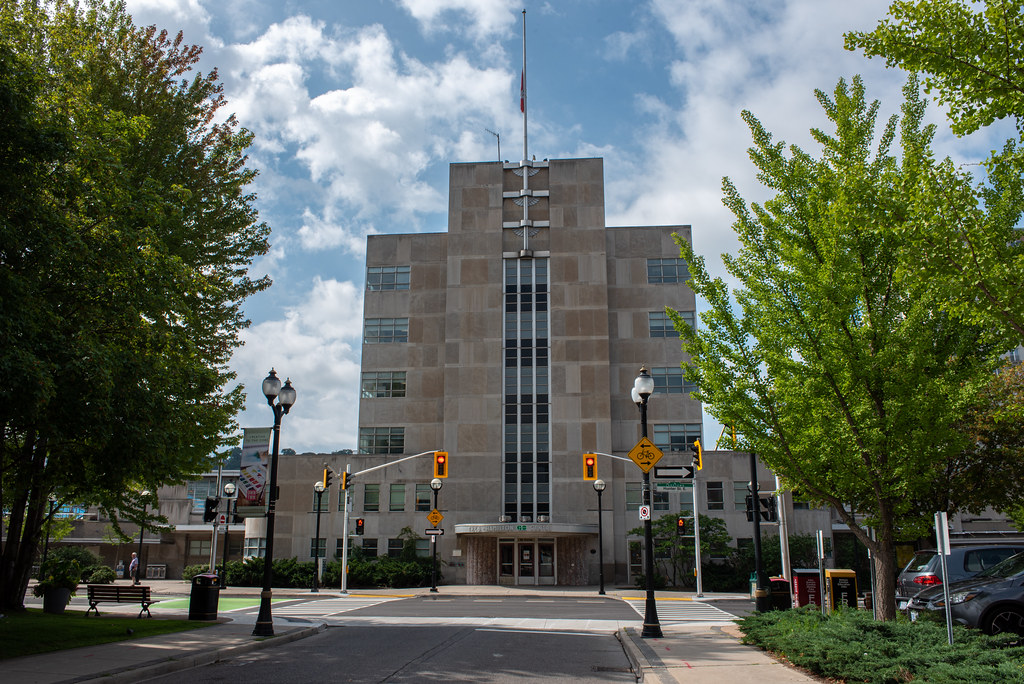
Nikon D750 – AF-S Nikkor 28-70mm 1:2.8D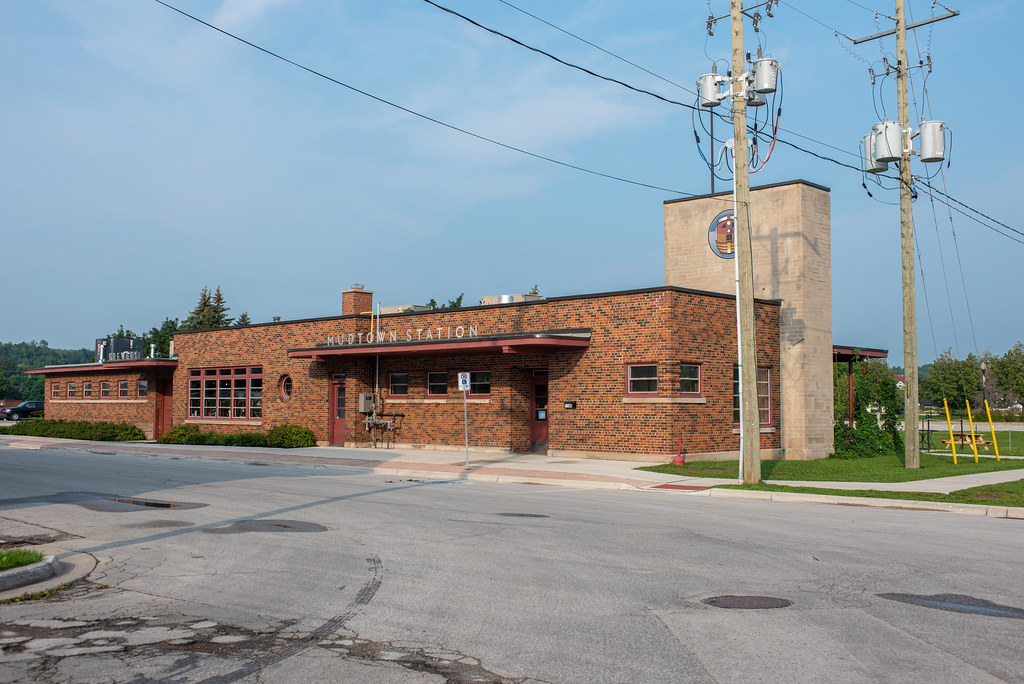
Nikon D750 – AF-S Nikkor 28-70mm 1:2.8D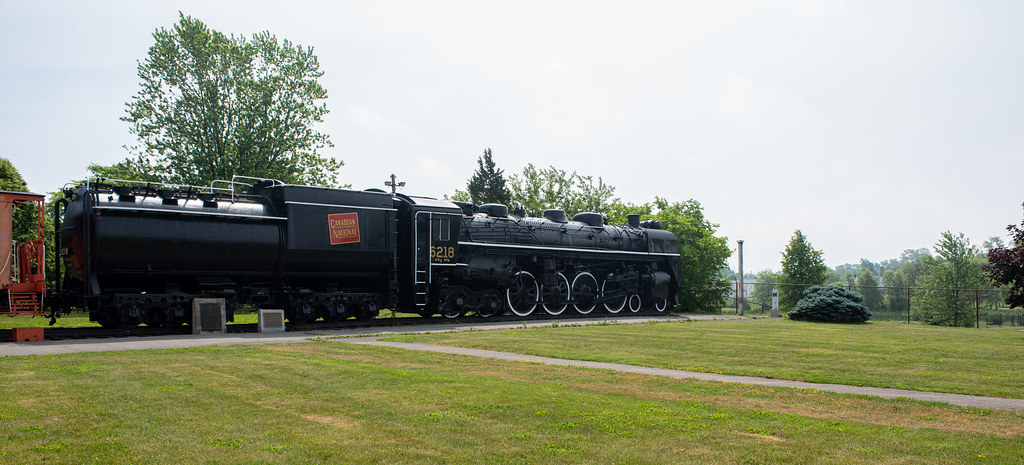
Nikon D750 – AF-S Nikkor 28-70mm 1:2.8D
The mid-century brought on several new ways to drive trains; while both Canadian National and Canadian Pacific were slow to pick up on diesel-electric, the iconic F-Units, along with versatile road-switcher units, were starting to show up more on the mainlines of the big operators. The new locomotives required less maintenance and few crews and could travel further, faster, and were far more efficient. In the United States, the use of gas-turbine for a high-speed system started to undergo trials, but nothing came of these, and the idea ended up on the shelf. Despite the push for modernization, Canadian National ran a pair of former Grand Trunk locomotives from Union Station in Toronto to Aurora in 1953 to celebrate the centennial of the first steam train in Ontario. While improved highways and easier access to cars reshaped the urban landscape, many people escaped the big cities choosing to live in the suburbs. But most retain their employment in the city. While radial railroads had filled in the gaps for commuter traffic, most were long gone; Canadian Pacific opened up rail diesel cars or Dayliners to fill in commuter traffic, similar trains were operated by Canadian National. Toronto, Hamilton & Buffalo retired their final steam locomotives in 1954, making them the first operator in Ontario to go entirely with diesel. While both Canadian National and Canadian Pacific saw the writing on the wall with long-distance passenger rail, they decided to try one last push to get people back onto trains. On the same day, both operators introduced their new luxury transcontinental trains. The term transcontinental is used lightly as neither ran from coast to coast. Both superseded similar trains on both systems, which ended up being downgraded to more local traffic services. The Canadian offered by Canadian Pacific operated between Toronto and Vancouver with sixty-five stops (most being flag stops) and ran two trains per week. These were sleek new stainless steel trains with a mix of passenger, coach, baggage, observation, sleeper, and dining cars pulled by new EMD F9 locomotives. Canadian National’s Super Continental operated between Montreal and Vancouver with only eight regular stops and a handful of flag stops. Canadian National also employed the new EMD F9 locomotives but used a mixture of repurposed and refurbished rolling stock from their fleet. The City of London ceased all passenger services on their London & Port Stanley line in 1957, although maintained limited use of the line until 1960, selling off a section to Canadian National and abandoning the rest.

Nikon D750 – AF-S Nikkor 28-70mm 1:2.8D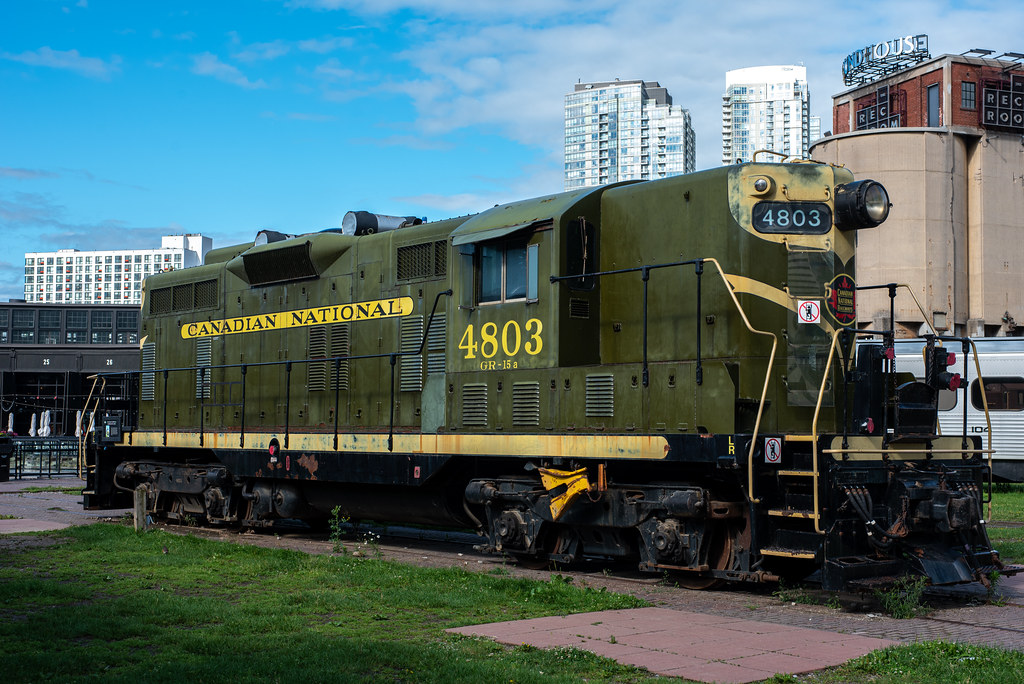
Nikon D750 – AF-S Nikkor 28-70mm 1:2.8D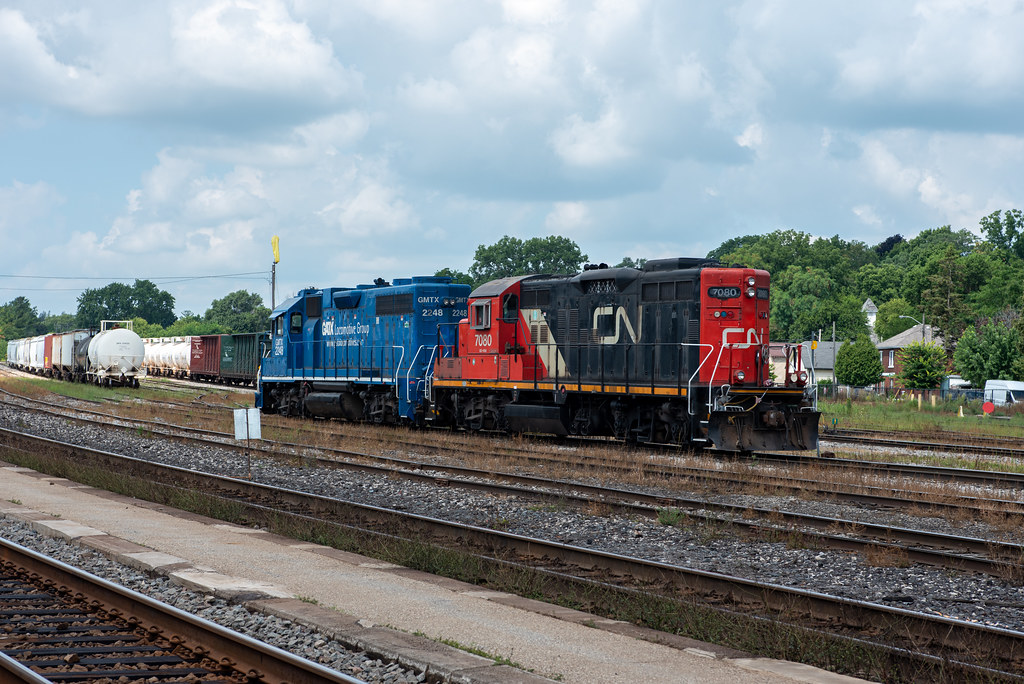
Nikon D750 – AF-S Nikkor 28-70mm 1:2.8D
Canadian National retired their final steam locomotive in 1960; many found their way to the Stratford Motive Shops for one last refurbishment before being put into service as tourist and excursion trains. In the United States, the plans for a gas-turbine powered train had come back into the light, and Canadian National began to investigate purchasing the technology to implement a high-speed train in Canada. Canadian Pacific retired their final steam locomotives in 1964. With the need for large shops at an end, Canadian National shut down the massive Stratford Motive Power Shop, moving more maintenance work to their yards in Toronto or Winnipeg. While also maintaining smaller shops near the International Bridge in Fort Erie. Both major operators were beginning to streamline their systems, closing down lines that saw low traffic. In 1966, Canadian National contracted Montreal Locomotive Works and Pratt & Whitney Canada to start constructing a high-speed gas turbine train. Five trainsets were ordered, each powered by a pair of PT6 gas-turbine engines, and Canadian National christened the trains Turbo. The goal was to have the trains read for Expo ’67 being hosted in Montreal, Quebec. Although due to some serious technical problems, that goal was never reached. Instead, in 1967, the Ontario Government, seeing the mass cuts to passenger trains by Canadian National and Canadian Pacific, chartered a local commuter rail service, Government of Ontario Transit, or GO Transit. The year-long pilot ran trains from Oakville to Pickering, with rush-hour service extending to Hamilton. Within four months, one million passengers used the new service. A year late, the first run of Turbo hit the tracks and a truck, but despite continued concerns over performance and technical stability, Turbo pushed into service.
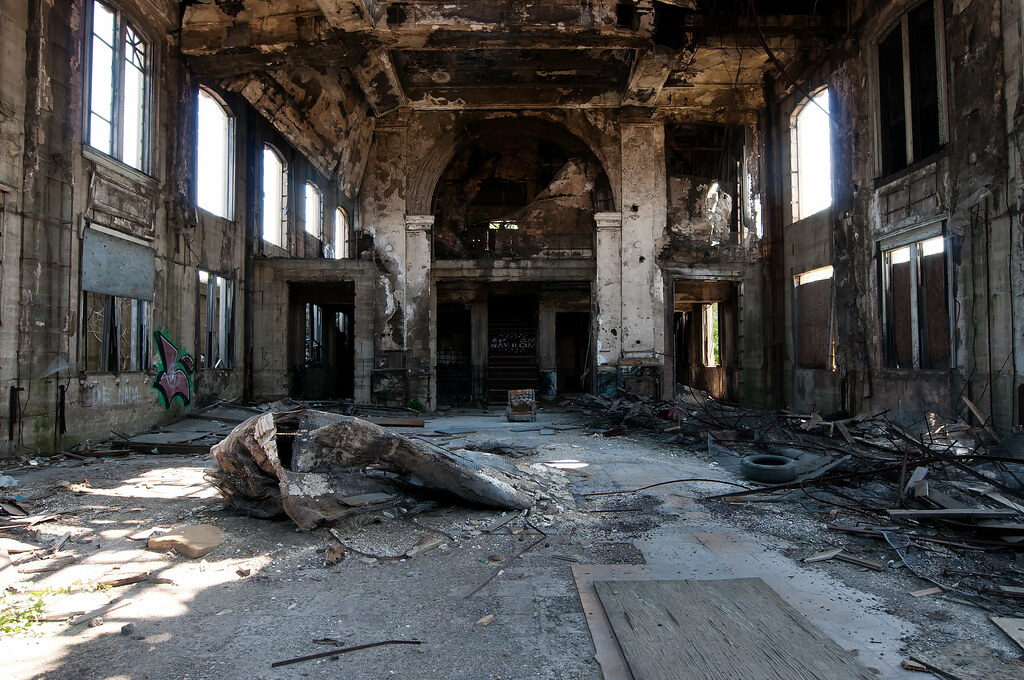
Nikon D300 – AF-S Nikkor 14-24mm 1:2.8G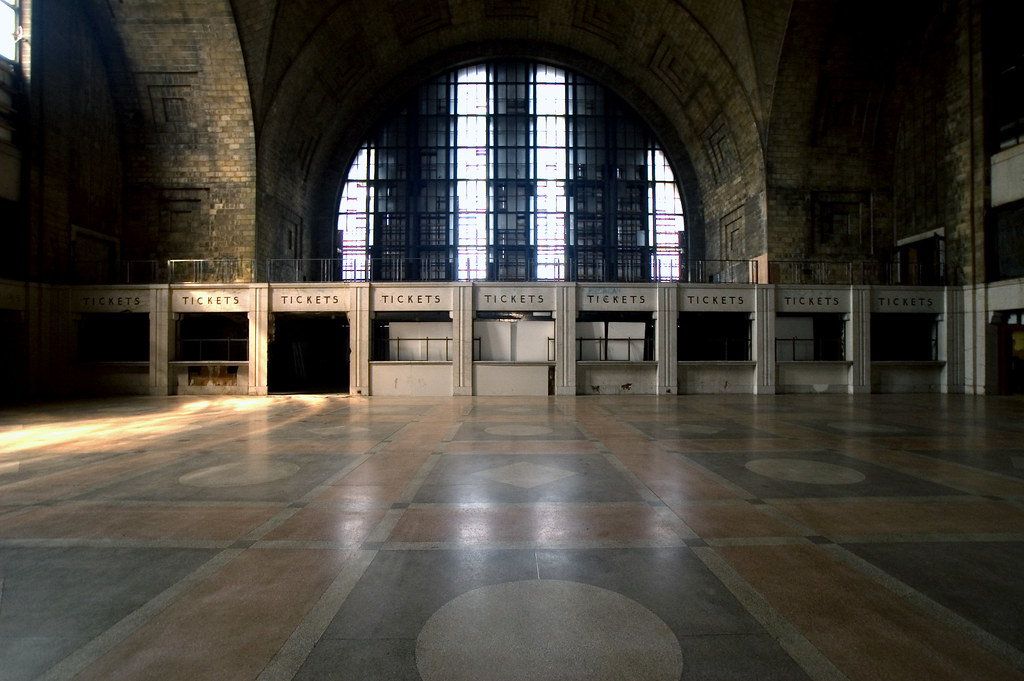
Nikon D70s – Tamron SP AF 11-18mm 1:4.5-5.6 Di-II
Nikon D750 – AF-S Nikkor 28-70mm 1:2.8D
And it wasn’t only the Canadian railroad system that struggled with declining use; New York Central, which now operated on formerly Canadian Southern infrastructure, struggled to stay afloat. In a last-ditch effort to preserve itself by merging with the Pennslyvania Railroad forming Penn Central. When Penn Central failed, the American Government joined a group of defunct operators into a giant rail operator known as CONRAIL. Turbo continued to be a thorn for Canadian National, who pulled the high-speed train from service to address issues with cold-weather operation and brakes. For Canadian Pacific, the sale of surplus property through their real estate firm came back to haunt them. Much of the surplus property technically belonged to the Ontario & Quebec Railway and Toronto, Grey & Bruce though fully leased or holding a majority share. There were minority shareholders who took Canadian Pacific to court for misuse of assets and not dealing in good faith. Turbo, most of the problems fixed, returned to service. Canadian National reduced the number of trainsets from five to three but with a higher car count to solve the problem. In 1976 Turbo hit the speed record of 226 kilometres per hour, but safety concerns at level crossings could go no faster than 153 kilometres per hour. In 1977, CONRAIL dropped the Canadian Southern reporting mark. Having endured almost a decade of heavy subsidies from the Government, both Canadian Pacific and Canadian National asked if they could drop all passenger service. Even with the financial aid, the effort proved financially unsound. The Government, in their hand, forced, agreed and by order-in-council created VIAraill in 1978 and ordered all passenger service infrastructure be handed over, except for the right-of-ways themselves. The new company inherited a mess, with 150 routes, ageing rolling stock, the flawed Turbo and a handful of mouldering stations. Not to mention having to now pay to use the tracks they operated on; while not the best situation, it was the only one the Government could produce in a short time frame.

Nikon D750 – AF-S Nikkor 28-70mm 1:2.8D
Nikon D70s – Sigma DC 18-50mm 1:2.8 EX MACRO
Nikon D750 – AF-S Nikkor 28-70mm 1:2.8D
With the burden of passenger service lifted, both operators began to streamline their services like never before. In Toronto, the vast rail lands were parcelled off for a growing need for condo development. Both also began extended updates to their rolling stock and improving automation and computerization of their networks. Despite a rough start, VIA Rail also began to offload some of their older equipment, opting for Bombardier designed and built Light, Rapid and Comfortable (LRC) trainsets for local routes. Canadian Pacific secured a majority share, having purchased out most of CONRAIL’s holdings of Toronto, Hamilton & Buffalo in 1981, immediately ceased the remaining passenger services on the line, and started moving operations from the Hamilton station to Toronto. VIA, unable to maintain the failing Turbos, retired the two surviving trainsets and sent them to the scrapyard in 1982. The former Canadian Southern network fell under Canadian Pacific and Canadian National after the joint purchase from CONRAIL, ensuring continued access to the Detroit-Windsor Tunnel and ensuring access to growing American holdings. While operations would continue in St. Thomas, both companies did not need the station or locomotive shops and began to wind down operations. Then in 1986, something interesting took place, the Ontario Government issued a short line charter to the Port Stanley Terminal Rail, since 1982 a group of rail enthusiasts had cleared away, restored, and repaired the section of track from the London & Port Stanley line from Port Stanley to St. Thomas, the charter opened up the ability to operate tourist trains between three historic stations. This move would inspire other short-line heritage railways over the next couple of decades. Canadian Pacific fight against the minority shareholders ended at the Supreme Court of Canada in 1987 with a ruling favouring the railroad, allowing them to offload plenty of surplus properties and abandon whole sections of unused track. Canadian National sent their Spadina Roundhouse to the ground to make room for a new sports stadium, the Skydome (or Rogers Centre today). The city seeing the loss, convinced Canadian Pacific to donate the John Street Roundhouse as a museum rather than see it become rubble. By decade’s end, even the Toronto, Hamilton & Buffalo Reporting mark was dropped, and operations on their line were taken over entirely by Canadian Pacific.
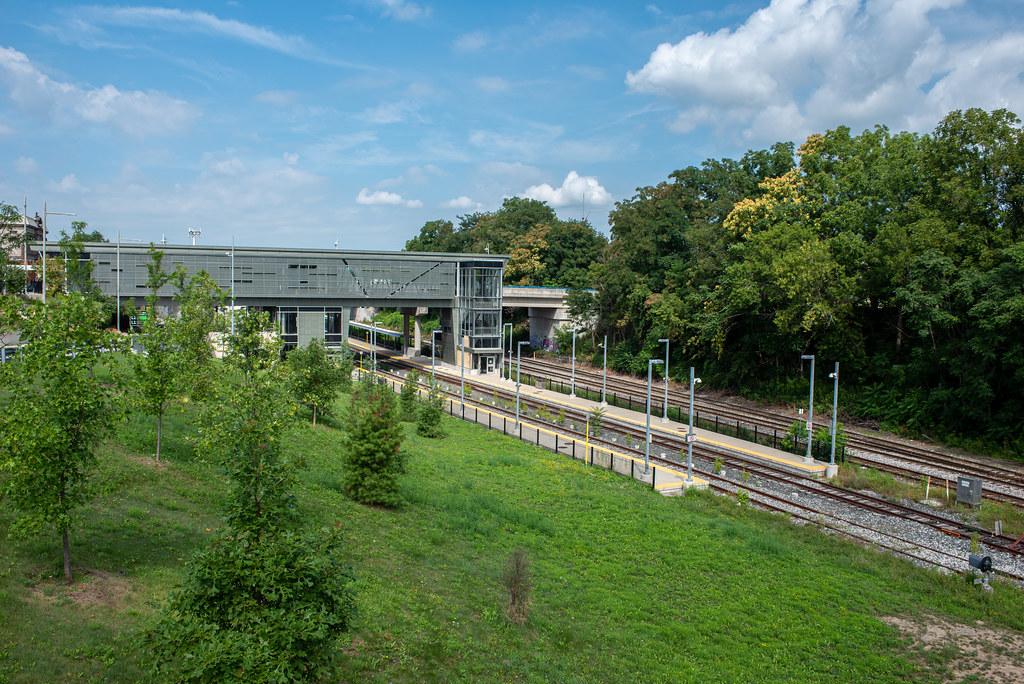
Nikon D750 – AF-S Nikkor 28-70mm 1:2.8D
Nikon D300 – Sigma 10-20mm f/4-5.6 EX DC HSM
Nikon D750 – AF-S Nikkor 28-70mm 1:2.8D
The 1990s brought even more, slashes to Canadian Rail. Budget cuts at the Federal level saw VIAraill reduce many services, including the Super Continental route, leaving only The Canadian operating from Toronto to Vancouver. Both Canadian National and Canadian Pacific continued to abandon and remove whole branches from their networks. But the abandonments did not see the end of the area’s railway heritage. Many communities began to look at the old infrastructure in new ways. Old rail right-of-ways became walking trails, with ready-made bridges already in place offering unique views. Stations were moved and transformed into museums or information centres. Old rolling stock was repurposed and used on heritage tourist trains or preserved as display pieces or museums. Canadian National privatized in 1995, and Canadian Pacific won their final court case against minority shareholders in 1998, allowing them to merge the last surviving elements of Ontario & Quebec and Toronto, Grey & Bruce into the wholly-owned St. Lawerence & Hudson Railway. Despite their gains and expansion of the GO Transit network by decade’s end, they had suffered severe budget cuts, but VIA had managed to recoup some of their funding to restore parts of their service.

Sony a6000 – Sony E PZ 16-50mm 1:3.5-5.6 OSS
Nikon F5 – AF Nikkor 35mm 1:2D – Kodak ProImage 100 @ ASA-100 – Processing By: Burlington Camera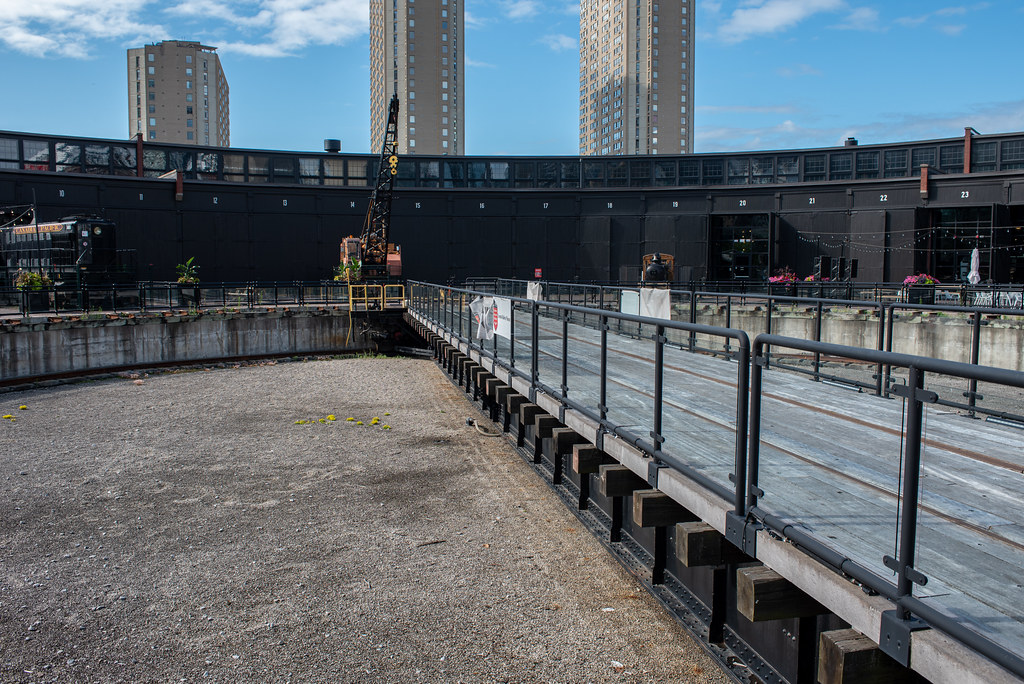
Nikon D750 – AF-S Nikkor 28-70mm 1:2.8D
Despite everything, the dawn of the 21st Century saw continued funding to VIA Rail and restoration of budget to GO Transit. Canadian Pacific successfully merged their St. Lawerence & Hudson holdings back into their corporate umbrella. VIA Rail retired the last LRC locomotives in favour of modern units. The Michigan Central bridge at Niagara Falls closed in 2001, leaving only the Whirlpool Bridge and International Railway Bridge at Fort Erie the only rail crossings over the Niagara River. GO Transit upgraded their rolling stock by purchasing new MP40 locomotives and operations transferred to a new government corporation, Metrolinx. Metrolinx could provide management over all forms of regional transit, not only commuter trains but buses, an airport link, and more importantly, begin to oversee an extensive renovation and restoration to Toronto’s Union Station. Today, the railroad continues to remain a significant part of Canada’s transportation infrastructure. Despite the turbulent history and a long process, Union Station’s improvements opened in 2021 with improved integration of all forms for transportation available and better passenger waiting areas, including a whole new concourse and food court. Also modern signals, improved lighting and platforms. Today, GO Transit operates sixty-six stations and is looking to expand services to Hamilton and trains out to St. Marys. There is also plans to move away from diesel-electric power on the Lakeshore line to electrical energy. VIA Rail operates five million trips each year and is starting to roll out their new Seimens SCB-40 trainsets, including new locomotives to retire the last LRC cars by 2024. There are also talks about a new and improved high-speed rail corridor and service restoration into northern Ontario. Railway Heritage continues to see preservation through the dedication of museums and their volunteers. Despite the ease of travel through planes and automobiles, there is still a romance, civility and romance attached to travelling by train.